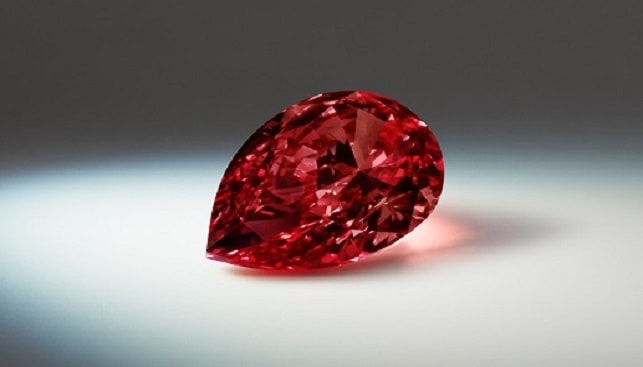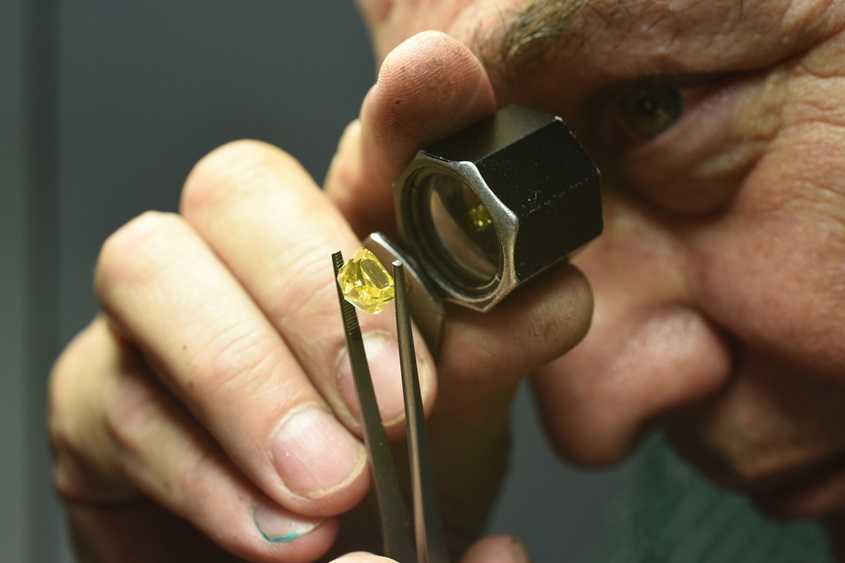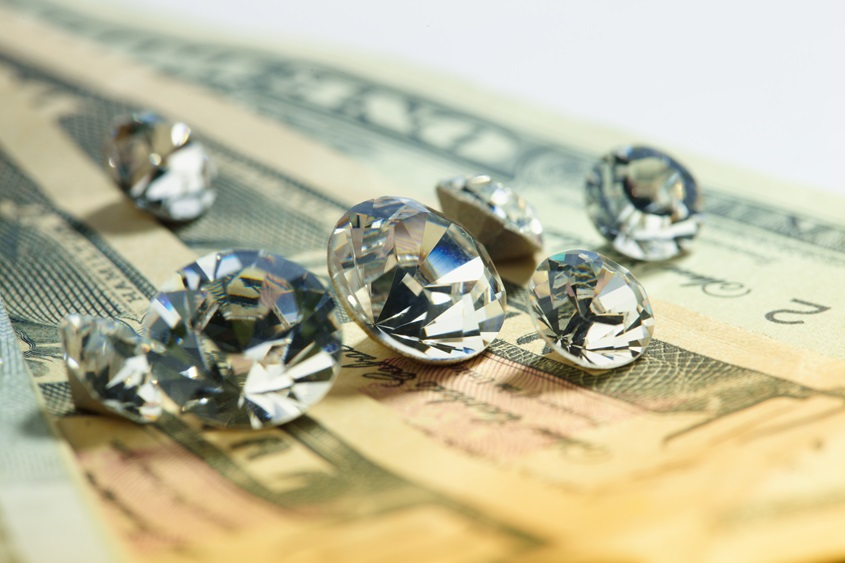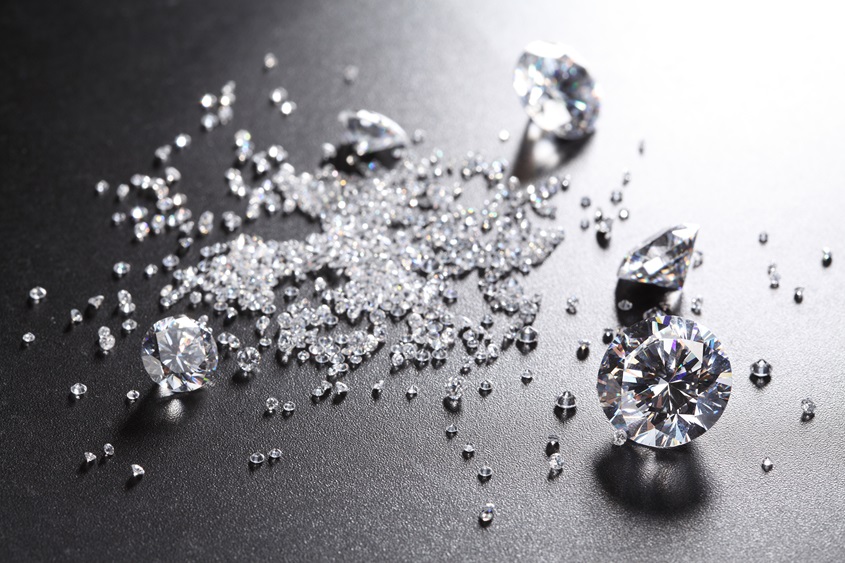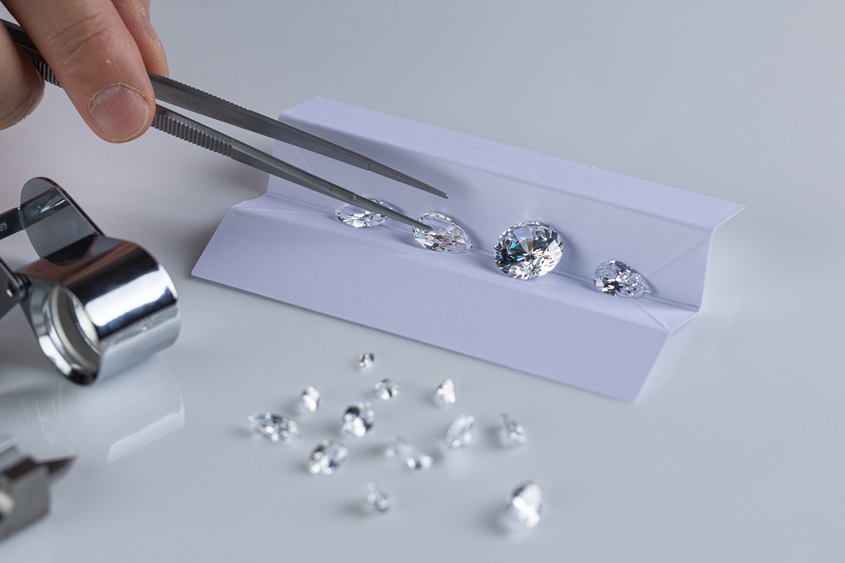Diamond cut is often regarded as the most important of the diamond 4Cs of cut, color, clarity and carats, since it has the greatest influence over how a diamond looks.
While sometimes confused with the shape of a diamond, the cut grade of a diamond measures a diamond’s sparkle – literally how light is seen through the diamond.
Too-shallow and too-deep cuts allow light to escape from a diamond, but a cut that adheres to the correct length-width-depth ratio allows light to maintain its full spectrum as it passes through the stone, “bouncing” back up through the diamond and creating the luster for which the gems are famous.
While the parameters for a good diamond cut have been defined, what actually constitutes the “ideal” cut is a more complex issue. Over the years, the diamond industry has developed at least six “ideal” cuts. Today, three “ideal” cuts function as benchmarks for grading: the American Standard, developed by Marcel Tolkowsky in 1919 and used in the US and Canada; the Practical Fine Cut, introduced in Germany in 1939 and used in Europe; and the Scandinavian Standard, dating from 1969.
Whichever ideal cut a diamond lab uses, it also employs its own grading scale. For example, the Gemological Institute of America uses the following terms to grade cut: Excellent, Very Good, Good, Fair, and Poor, while the American Gemological Society uses a numerical scale ranging from 0 to 10.




